Ok, great!
Volt have a list of distributors. There's none in the US, so I guess one would have to buy from an international seller. I do that all the time with kinds of things, since many companies don't have Swiss distributors. No big deal. Even if there are local distributors, it is sometimes still cheaper to buy internationally. 😀
yeah, i looked it up it is not that expensive to ship overseas, but almost 1000$ for a pair of midranges ?! 😕
The Volt 3 inch dome VM752 is a nice driver to make something interesting with. Also because the Yamaha NS1000 has a 3 inch dome, but a hard one.
I wouldn't say that a "hard" dome is "better". I have the ATC SM75-150, which is phantastic (but, unfortunately, not available for DIY anymore). As far as I can tell, the Volt VM752 is pretty much the same design, except of a somewhat higher resonance frequency (that won't be an issue in this design). Oh, and by the way, the Volt + ATC domes are not at all "soft". If you knock on them (just a bit), they feel a bit like a hard dome, but with better damping.
The Yamaha NS1000 and NS5000 hold my attention already a long time. My friend purchased a second hand NS1000 and I had the opportunity to listen to it. It does have an amazing fine resolution.
I like that speaker, it has something that not many speakers can offer. And I think the 3 inch plays an important role in that, probably also because of a good directivity.
I think the Yamaha's are difficult to clone 1:1, then you need the same good drivers.
A perfect 1:1 clone wouldn't be very interesting, don't you think? If you want a Yamaha, get a Yamaha. I am not very familiar with the Yamaha drivers, but I bet the parts we can buy (Volt, Scan, Satori, Seas, whatever) offer at least the same performance, if not better. It's just a question of getting the right part for the job, and we are not limited to a specific vendor / manufacturer lie Yamaha. That's a big advantage for us, and we should use that to make an even better speaker than the Yamaha!
But like Mbrennwa is proposing, a simple but solid cabinet, a high sensititvity (about 94dB @ 1m 2.83Vrms), F3 around 45Hz.
And a constant directivity as good as possible (should be investigated in detail).
I have not looked very much into the constant directivity subject so far. That might be an interesting learning experience!
I see the Volt VM752 costs about 480 euro. Maybe too expensive for this kind of project.
Yep, there is a price to pay for good drivers. But until now we just know that the whole speaker is allowed to cost more than $500 each. It seems the VM752 fits the budget perfectly! 😀
In the past I have looked to midranges w.r.t. constant directivity by comparing their power response versus SPL on axis (driver on infinite baffle ans also in the enclosure).
The Accutons have a good behavior. Also the Seas with magnesium cone and the phase plug have a good score.
As far as I can tell, there is only one Accuton driver (C168-6-990) that would be efficient enough for this design. This is a 7" driver, which seems a bit large compared to a 8" or 10" bass. Oh, and it costs about twice as much as the Volt midrange. The Seas magnesium drivers are nice and cost a little bit less (but not much less), but their efficiency is too low for the Monkey Coffin idea.
So I am fan of the simple cabinet, 2 x 8 inch or 1 x 10 - 12 inch woofer, midrange and tweeter to be chosen w.r.t. constant directivity, a tweeter waveguide if needed.
I have no time to built something now, but I will support such design.
Yes, someone will have to actually build and test the thing. But, uhm, let's cross the bridge when we're at the water.
Hi,
If I was going to downsize from my large MTM's ( perhaps in the future ) I would still want a speaker with mid-90's sensitivity that had good polars.
I would consider designing something using similar components to the (nla) SOTA CF750 Control Room Monitors ( though arranged as a WMTMW floor-stander / which is a bit more applicable to apartment living )
These ( active ) monitors were held to quite rigorous specs ( inluding polar coverage ).
See:
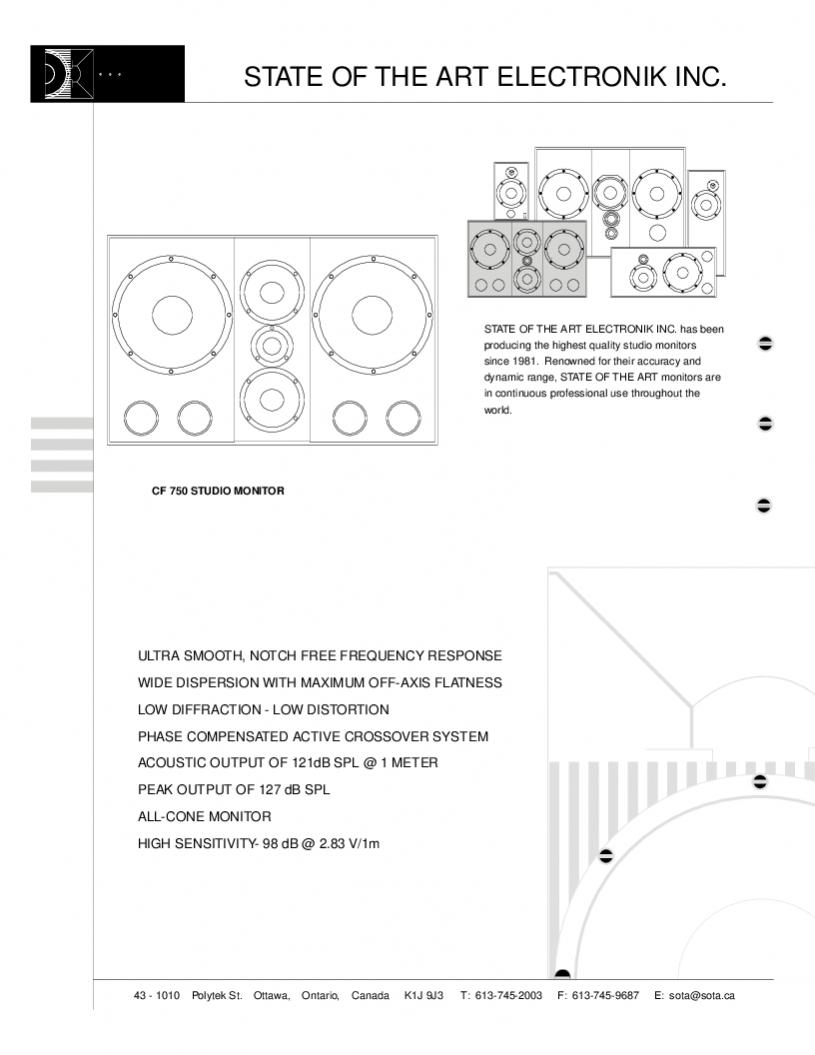
These ( and the larger models CF2000 ) continue to be used here in local Toronto studios.
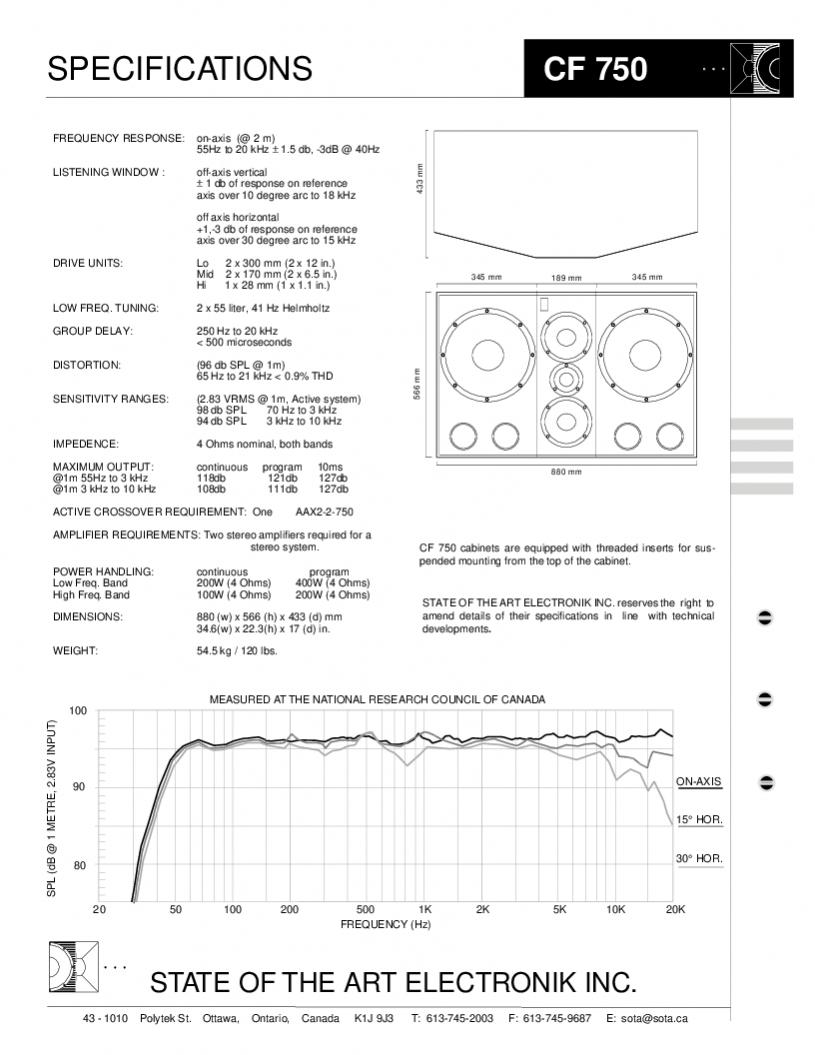
Typical top-end was typically the dynaudio D28.
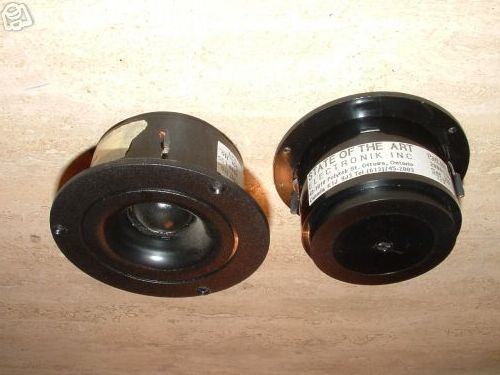
Mids came from various suppliers ( JBL, dynaudio, maybe audax )
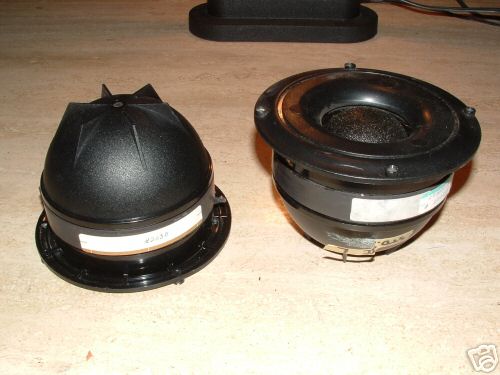
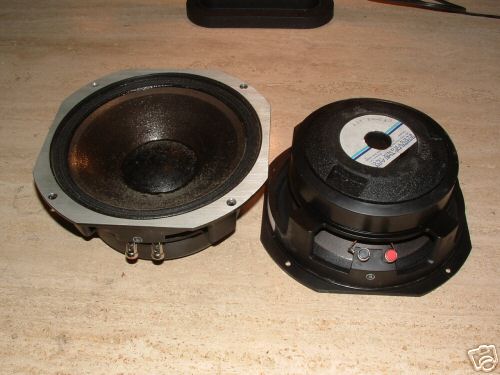
Bass in the large twin 15 model was JBL ( I don't know whose woofers were used in the twin 12's );
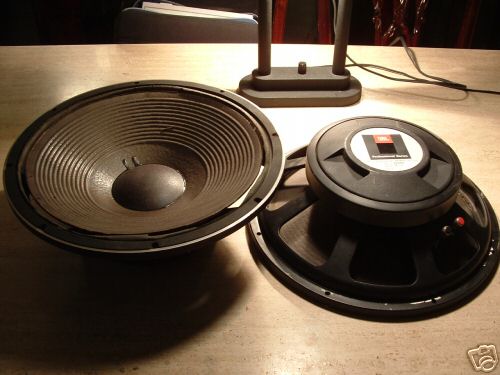
I would consider using ( by buying a pair and putting them through their paces ) DIYSG's , Magnum 12 woofer.
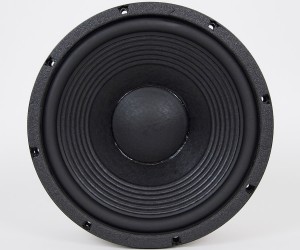
I would certainly concentrate on getting ( at least the 1K to 10K ) horizontals to emulate the following ( for solid imaging purposes );
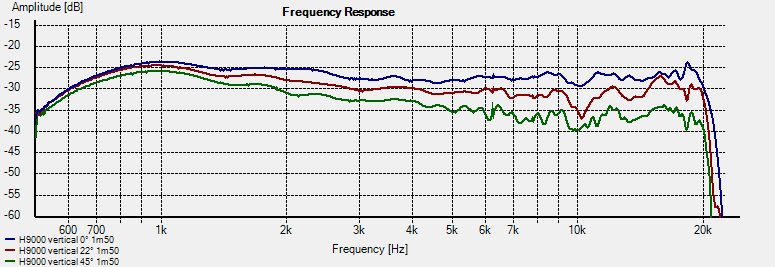
The larger model had a sculpted/absorbent foam covering the majority of the baffle board ( for diffraction control ) ;
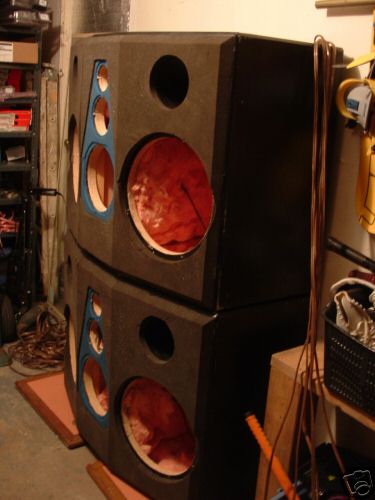
These monitors ( even 30 years after their first appearance ) are still state of the art ( IMHO, even the cut-sheets are ) .
Clearly a bunch of parts substitutions would need to be made by myself / but their are replacement drivers out their that would compete.
I really like the sound of the Audax PM170MO so I would endevour to include it into my design.
That would push the final design somewhat toward the performance of the Westlake BBSM12 ( floor-stander ).
🙂
If I was going to downsize from my large MTM's ( perhaps in the future ) I would still want a speaker with mid-90's sensitivity that had good polars.
I would consider designing something using similar components to the (nla) SOTA CF750 Control Room Monitors ( though arranged as a WMTMW floor-stander / which is a bit more applicable to apartment living )
These ( active ) monitors were held to quite rigorous specs ( inluding polar coverage ).
See:
These ( and the larger models CF2000 ) continue to be used here in local Toronto studios.
Typical top-end was typically the dynaudio D28.
Mids came from various suppliers ( JBL, dynaudio, maybe audax )
Bass in the large twin 15 model was JBL ( I don't know whose woofers were used in the twin 12's );
I would consider using ( by buying a pair and putting them through their paces ) DIYSG's , Magnum 12 woofer.

I would certainly concentrate on getting ( at least the 1K to 10K ) horizontals to emulate the following ( for solid imaging purposes );
The larger model had a sculpted/absorbent foam covering the majority of the baffle board ( for diffraction control ) ;
These monitors ( even 30 years after their first appearance ) are still state of the art ( IMHO, even the cut-sheets are ) .
Clearly a bunch of parts substitutions would need to be made by myself / but their are replacement drivers out their that would compete.
I really like the sound of the Audax PM170MO so I would endevour to include it into my design.
An externally hosted image should be here but it was not working when we last tested it.
That would push the final design somewhat toward the performance of the Westlake BBSM12 ( floor-stander ).
🙂
Attachments
-
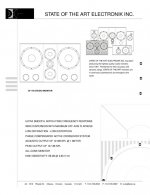 fl_CF750_pg1.jpg71 KB · Views: 470
fl_CF750_pg1.jpg71 KB · Views: 470 -
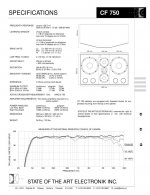 fl_CF750_pg2.jpg98.7 KB · Views: 487
fl_CF750_pg2.jpg98.7 KB · Views: 487 -
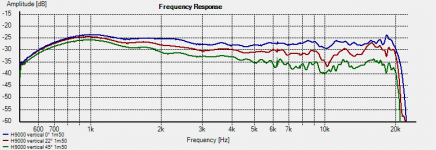 H9800 2435H vertical.png16.1 KB · Views: 471
H9800 2435H vertical.png16.1 KB · Views: 471 -
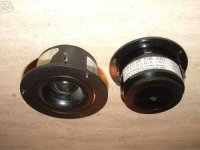 48_12.JPG27.8 KB · Views: 452
48_12.JPG27.8 KB · Views: 452 -
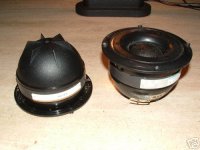 c3_12.JPG31.9 KB · Views: 458
c3_12.JPG31.9 KB · Views: 458 -
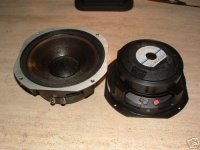 89_12.JPG33.8 KB · Views: 475
89_12.JPG33.8 KB · Views: 475 -
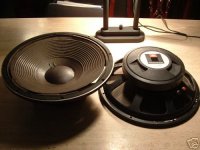 c2_12.JPG34.1 KB · Views: 455
c2_12.JPG34.1 KB · Views: 455 -
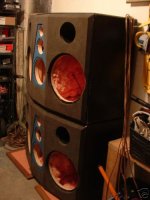 c1_12.JPG31.5 KB · Views: 455
c1_12.JPG31.5 KB · Views: 455 -
f_CF2000.pdf87.8 KB · Views: 84
Last edited:
This confuses me. If you think that PP (polypropylene) is key to success, why do you suggest a bunch of drivers that are not PP?
Also, WHY do you think that PP is important, and WHY are those drivers suited to the task? Or, put in another way: what is the design goal you had in mind when you suggested these drivers, and how do these drivers suit this goal?
On a more general note: after reading Aattos summary list of project/design descriptions I wondered if are we aiming to develop a (somewhat) new speaker design, or are we "just" going to copy / clone existing speakers?
Because the polypropylene cones are giving best performance. They have their disdvantages, surely, but are most pleasant to listen and well bodied, with all detailed and depth in them, what is quite unlikely to be Heard with paper drivers, which sounds dry sometimes and needs to be covered with many things to sound properly.
What I was thinking during choosing the design:
1. Satori tweeter - they are (in most cases) exchangable - soft done with Berrylium, so we can have a soft some or three times more expensive, but still far cheapaer, and as told by many, better driver than SS berrylium
2. - as above. Most natural, have depth and lots of other positive aspects. I think Morel MW 6" midrange, which costs around 130$ is best thing we can use, as other top end drivers like Rohacell, Volt or Audio-Technology costs considerably more, and I dombelieve that in this class of drivers they do not sound 3 or 4 times better, as the price would suggest.
3. Not sure about woofers only. Sometimes I wonder whether metal ones wouldn't be best of all, as most of acoustic instruments are made from metal (partiach at least), or what makes them sound is metal like strings. However, while first two point are in my head no changers, so for the bass I am still open.
I want to achieve sound, which can recreate acoustic instruments sounds and all of their harmonics and so on as good as possible, while still being versatile in other music genres.
And no fancy design, Classic will all drivers on a front wall.
...I think Morel MW 6" midrange, which costs around 130$ is best thing we can use, as other top end drivers like Rohacell...
The Morels are great drivers. However, a 6" midrange seems a bit too big in combination with a 10" woofer. I'd prefer using a smaller midrange to reduce beaming before x-over to the tweeter. Also, as far as I can tell, all Morel midrange / midbass drivers are 89 dB/Watt or less. They are not efficient enough for the Monkey Box concept.
Volt or Audio-Technology costs considerably more, and I dombelieve that in this class of drivers they do not sound 3 or 4 times better, as the price would suggest.
No, they surely do not sound "3 or 4 times better". That would be a silly statement, because "sound quality" is certainly not a linear function of price. However, some of the Volts and other drivers suggested earlier would fit the job to achieve the design target.
3. Not sure about woofers only. Sometimes I wonder whether metal ones wouldn't be best of all, as most of acoustic instruments are made from metal (partiach at least), or what makes them sound is metal like strings. However, while first two point are in my head no changers, so for the bass I am still open.
Metal cones tend to be heavy, which is in contrast to high efficiency. They therefore tend to go against the design goals of the Monkey Coffin.
Also, don't confuse music instruments with loudspeakers, they serve different things! Instruments are used to create music, whereas speakers should reproduce what the instruments did.
Because the polypropylene cones are giving best performance. They have their disdvantages, surely, but are most pleasant to listen and well bodied, with all detailed and depth in them, what is quite unlikely to be Heard with paper drivers, which sounds dry sometimes and needs to be covered with many things to sound properly.
...
I want to achieve sound, which can recreate acoustic instruments sounds and all of their harmonics and so on as good as possible, while still being versatile in other music genres.
I do NOT want to design for a specific sound. A good speaker just reproduces whatever is thrown at it as accurately is possible.
And no fancy design, Classic will all drivers on a front wall.
Yes!
Nobody else has posted an interest and I want to be involved in a group design. If a separate thread is started there is some chance that one or two that have stopped reading this thread might get involved.I'm interested.
An idea: if you start a thread pulling together what we have so far in terms of objectives and the tasks that need working on, with or without some additions, we can work on some of the tasks and refine the objectives for a few days and see if it picks up interest.
Suggestions?
Hi,
If I was going to downsize from my large MTM's ( perhaps in the future ) I would still want a speaker with mid-90's sensitivity that had good polars.
I would consider designing something using similar components to the (nla) SOTA CF750 Control Room Monitors ( though arranged as a WMTMW floor-stander / which is a bit more applicable to apartment living )
...
That would push the final design somewhat toward the performance of the Westlake BBSM12 ( floor-stander ).
🙂
Hi Earl,
correct me if i m wrong. you are suggesting a 3 way design ( with dual woofers ?) with components similar to SOTA CF750 to perform and look like Westlake BBSM12 ?
Nobody else has posted an interest and I want to be involved in a group design. If a separate thread is started there is some chance that one or two that have stopped reading this thread might get involved.
An idea: if you start a thread pulling together what we have so far in terms of objectives and the tasks that need working on, with or without some additions, we can work on some of the tasks and refine the objectives for a few days and see if it picks up interest.
Suggestions?
So far looks like people are leaning toward two major directions:
1- Floor standing tower design with woofers on the sides (or front).
2- Classic all the drivers facing front design.
as for the goal, pretty much all the suggestions are having the same goal, high sensitivity, good lower end, linear impedance curve ( do not want to get into details here ).
so if we are about to start different threads I think maybe these two directions are a good start.
But I wonder besides the looks, lets see what people like about their suggestions (character, feature) if any, so we might be able to include or adapt that in next steps.
[*]Woofer: 10" looks like the right compromise between size and efficiency to me. I modelled the Fane Sovereign Pro 10-300SC in a bass reflex box (28 litres) and got an SPL of almost 96 dB (2.83V/1m) into half space extending to lower than 50 Hz (-3dB) (see attached plot). That's 90 dB in full space, and with a bit of help of the floor and walls, 92 dB is not unreasonable. Other woofers might work well, too. I am also looking at Volt woofers, but I am really open to suggestions.
[*]Midrange: Needs to keep up with the SPL requirements, so many of the conventional "HiFi" midranges are out. From the top of my head, I can think of the Supravox 135 LB (advertised as a "full range", but...), Accuton C168-6-990 (maybe a bit too large and expensive!), or the Volt VM752 dome (not a cone as I said earlier, but VERY good, and expensive). Or a Veravox 5S? I am open to suggestions!
[*]Tweeter: I have not thought about tweeter choices much and I guess there should be quite a few units that would work well. I am a big fan of the Scan Speak D3004/6640 beryllium dome, but that does not qualify here because it's a 4 Ohm unit. The SB Acoustics Satori TW29BN beryllium might be an alternative, although it's also a 4 Ohm unit. The TW29BN is at about 97 dB (> 3 kHz), so it might work out to the 8 Ohm spec with an attenuation resistor in series. I am open to suggestions!
[/LIST]
Just for the record (and to help me remember), I stumbled over a few more driver options:
Woofers: just in case we decide to go with an 8" woofer instead of 10" / 12", the Jantzen JA8008HMQ might be interesting (designed by Troels Gravesen, 94 dB efficiency).
Midrange: Audax has a few efficient midrange (or fullrange) drivers that might work. The HM100Z0 and HM130Z0 are older designs, but they offer 92 to 93 dB efficiency.
So far looks like people are leaning toward two major directions:
1- Floor standing tower design with woofers on the sides (or front).
2- Classic all the drivers facing front design.
and for both of these, online there is a fair number of well documented designs engineered by experienced people. One can only try to use one of those as a reference and try to improve particular aspects to better suit a specific application.
To me constant directivity and managing early reflections was an eye opener, as well as matching speakers with amps. At this time I completely moved into dipoles for mid-high range and I am using Linkwitz speakers as a reference while trying to come up with a bit more sensitive design to use small wattage FirstWatt amps. Now that is a very specific goal.
Other than that, even though I professionally could apply for a job as a speaker designer, I would consider it pretentious to say that I will design something better than some qualified people did who have been doing it for decades. With that being said, learning from them and tweaking makes for an interesting hobby though 🙂.
"iconic" is not a design goal.
Last edited:
Thanks for your interest but if you read through the thread, "iconic" or floor standing vs stand mount... are not specify the "goal" here, we talked about a lot different concepts and goals... and when I said "1- Floor standing tower design with woofers on the sides (or front).
2- Classic all the drivers facing front design." I was referring to submitted suggestions designs for next step.
2- Classic all the drivers facing front design." I was referring to submitted suggestions designs for next step.
Last edited:
Hi,
If I was going to downsize from my large MTM's ( perhaps in the future ) I would still want a speaker with mid-90's sensitivity that had good polars.
Looks like kef km1
It would seem that I am in a group of one when it comes to involvement rather than just interest in the $1k tower group project. Disappointing but it is what it is.An idea: if you start a thread pulling together what we have so far in terms of objectives and the tasks that need working on, with or without some additions, we can work on some of the tasks and refine the objectives for a few days and see if it picks up interest.
I am and few people interested as well, but personally I can't help in crossover design, but may help in doing for example money gathering for the parts for prototype, as I can't imagine one person doing it all for their own money and time involvement.
It would seem that I am in a group of one when it comes to involvement rather than just interest in the $1k tower group project. Disappointing but it is what it is.
Andy,
Please correct me if I am wrong, you want to do some general item studies to come to a well investigated speaker concept.
Isn't it better to start from a practical speaker concept, with known cabinet and driver dimensions and position and do a complete study in detail, like on and off axis SPL responses, X-over topology, impedance, power and directivity behavior, excursion plots, SPL at maximum excursion, the need for a tweeter wave guide or not, etc...
I am prepared to be involved in such investigation.
General speaker studies are very time consuming. It is very interesting to do, but from my side I have no time to spend now on that.
Paul
Andy,
Please correct me if I am wrong, you want to do some general item studies to come to a well investigated speaker concept.
Isn't it better to start from a practical speaker concept, with known cabinet and driver dimensions and position and do a complete study in detail, like on and off axis SPL responses, X-over topology, impedance, power and directivity behavior, excursion plots, SPL at maximum excursion, the need for a tweeter wave guide or not, etc...
I am prepared to be involved in such investigation.
General speaker studies are very time consuming. It is very interesting to do, but from my side I have no time to spend now on that.
Paul
If we know the design targets in sufficient detail*, a suitable "speaker study" should be feasible without too much effort. This assumes we are not expecting to hit the sweet spot of the design in the first go. I tend to think a fair bit about new speakers and then build it. They usually work out ok. If the design involves something that I don't have a lot of experience or is very ambitious, a test build / prototype may be in order.
I guess what I am trying to say is that there is no point in modelling everything to death and then expect it will actually work like this in the real world. It helps to run a few models, but one needs to know when to stop 🙂
(*We do not really know them, and I guess we will not get a lot more information about this than what we have already. I just interpreted some of the messages in this thread and put down some design goals when I made the the Monkey Coffin outline.)
Quick update:
- I modelled the Volt BM251.3 in a 34 litre bass reflex box, which yields about 2 dB higher SPL than the Fane at the same cut-off frequency. Looks good!
- Midrange: forget the Veravox, that seems to be obsolete since a few years.
Interestingly, a few years back I tried a 3-way with the Volt BM251.3, Veravox 5S and a Fountek Ribbon. Got it to sound OK but could not get the bass integrated properly. Ended up using the BM251.3 in a 2-way with a Radian Horn which sounded a lot better in my room.
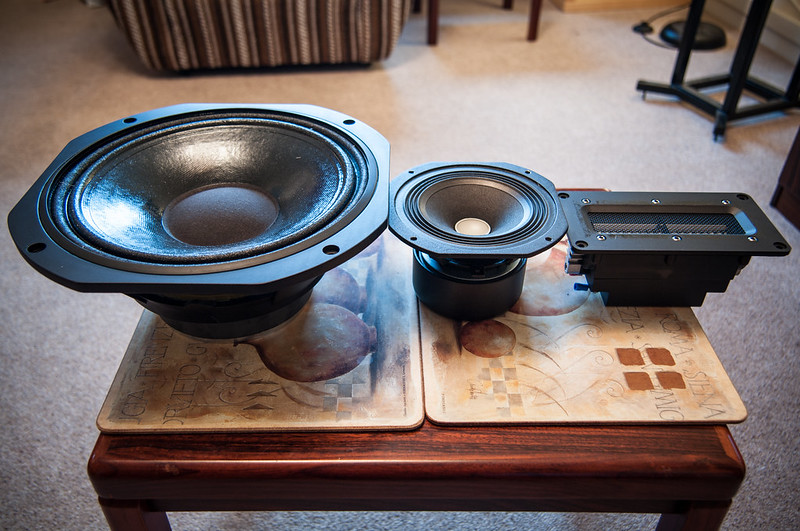
Speaker Bits by Robert Seymour, on Flickr
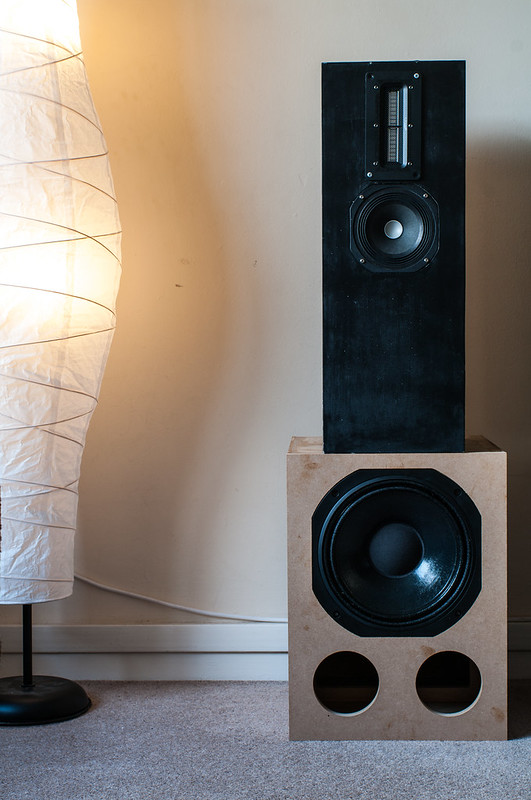
DIY Active Speaker V2 by Robert Seymour, on Flickr
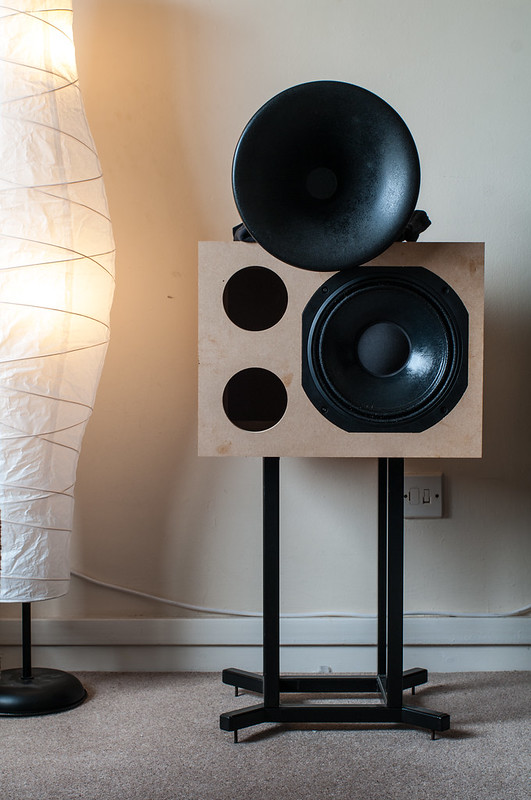
DIY Active Speaker V1 by Robert Seymour, on Flickr
Hi Mbrennwa,If we know the design targets in sufficient detail*, a suitable "speaker study" should be feasible without too much effort.
I don't know what you just mean by "without too much effort".
For a new speaker concept, before purchasing or building anything, a lot of the speaker behavior can be seen already, which gives you the opportunity to adapt things before start.
With cabinet and driver modelling based on first cabinet drawings and driver data sheets, a lot can be investigated in advance on paper.
I especially think at off axis SPL reponses, power response and directivity,.., some parameters that are even difficult to measure when the speaker is already built, like the power response for example.
Simulators sometimes are not 100% correct, good modelling is not always possible, but certainly it gives some good information in advance.
I agree that for an AKO speaker you don't have to do much study.
So, every designer has its own WOW.
Paul
Last edited:
Don't recognise this which perhaps shows how well I have got things across.Please correct me if I am wrong, you want to do some general item studies to come to a well investigated speaker concept.
Isn't it better to start from a practical speaker concept, with known cabinet and driver dimensions and position and do a complete study in detail, like on and off axis SPL responses, X-over topology, impedance, power and directivity behavior, excursion plots, SPL at maximum excursion, the need for a tweeter wave guide or not, etc...
I am prepared to be involved in such investigation.
General speaker studies are very time consuming. It is very interesting to do, but from my side I have no time to spend now on that.
Speaker evolution over the past few decades has lead to the 3 way tower (1" tweeter, 4-5" midrange, 2 x 8" woofer, ported) being the dominant high fidelity speaker in the home. This follows from being a reasonably acceptable package in a living space, having sufficient cone area for the low frequencies in most music, and not requiring the passband of the drivers to be too wide. Evolution has shown this to be the winning configuration so it doesn't need investigation or alternative concepts exploring but it does need explaining and justifying in a well documented design. It obviously isn't the optimum configuration in all cases but exploring this isn't part of the project.
Not surprisingly, it is also a common design for the inexperienced on a budget to want to build. There is a demand for such speakers making it a worthwhile subject for a well researched and documented group project.
Unfortunately, it will involve nothing new, novel, exciting or quirky. The drivers will be standard and fail to illicit a warm glow like many of the expensive drivers suggested in this thread. The appeal is in the details of the design to bring out the optimum technical performance using good standard components. If we do a good job the technical performance of the speaker should be close to the best expensive commercial examples because good standard drivers operated within their limits perform pretty close to expensive drivers.
Designing the speaker will involve examining a small number of appropriate drivers, comparing their simulated performance, comparing other criteria like availability, price,... and making a decision. However, the criteria for appropriateness should come first and not the choice of drivers. I expect the list to be pretty short though.
The details of the design need discussing before committing to computer. For example, I am currently looking at practical ways an inexperienced builder might incorporate a waveguide designed specifically for this speaker. So far without success. A likely lower performance alternative is to use a tweeter incorporating a waveguide (e.g. SEAS DXT). I doubt a case for a tweeter on a flat baffle will be successful on performance grounds. This investigation needs completing, conclusions drawn about why "the best" is impractical and the "practical best" justifying. Choices like this need working through before a list of appropriate tweeters can be made.
The details of the design need discussing before committing to computer. For example, I am currently looking at practical ways an inexperienced builder might incorporate a waveguide designed specifically for this speaker. So far without success.
Monacor wg300 +3d printed adapter ? There are a few designs for that floating around
- Status
- Not open for further replies.
- Home
- Loudspeakers
- Multi-Way
- Open source speaker project?